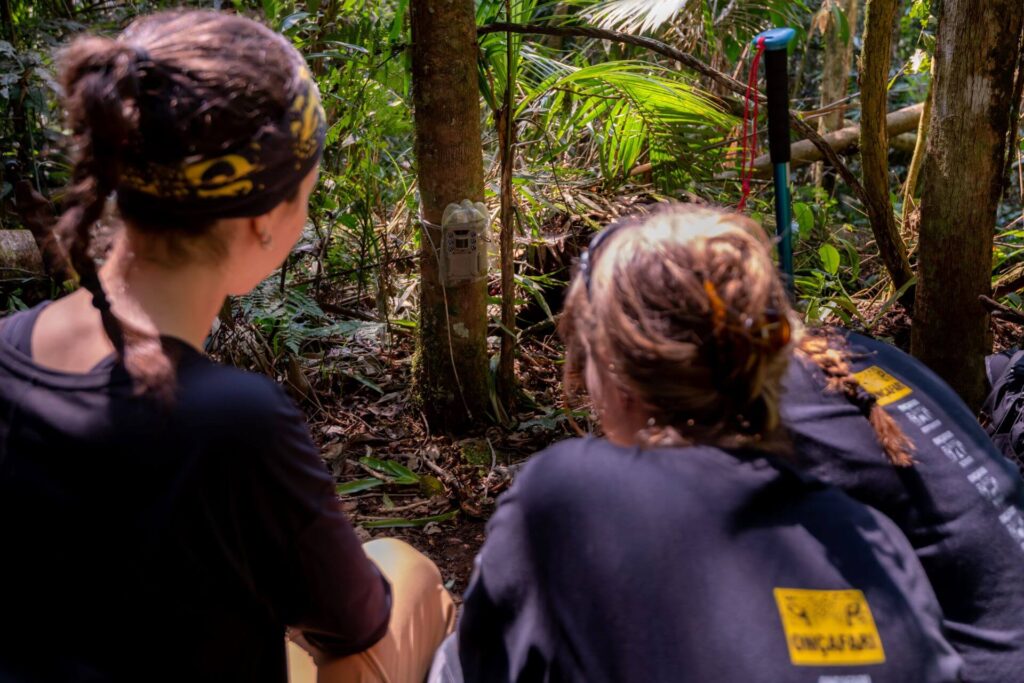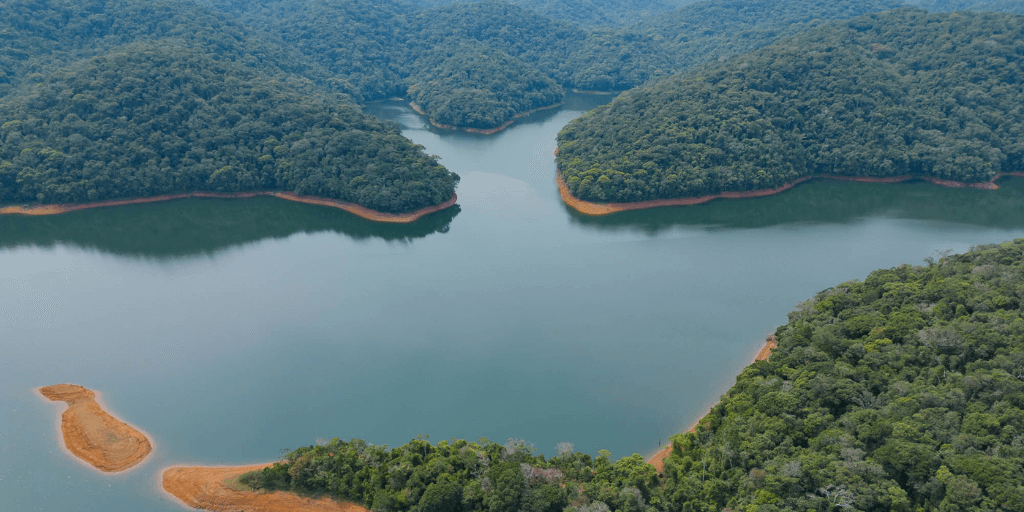One of Brazil’s most biodiverse biomes is also the country’s most devastated ecosystem
The Atlantic Forest was the first biome to be exploited with the arrival of Europeans and since then it has undergone a continuous process of occupation, exploitation, and transformation. Its geographic location, close to the coast, facilitated the establishment of the first cities and the development of economic activities that drove the country forward making it the most densely populated region in Brazil. Today, approximately 72% of the Brazilian population lives in areas once covered by the Atlantic Forest.
Originally, the Atlantic Forest covered approximately 1.3 million square kilometers, about 15% of Brazil’s territory, stretching from Piauí in the Northeast to Rio Grande do Sul in the South. It was a continuous forest along the coast and reached inland portions of states including Minas Gerais, Goiás, and Mato Grosso do Sul.
Intense human presence has left deep marks, making this the most degraded biome in the country. Today, only 12% of the forest’s original coverage remains, occupying just 7% of the national territory. This drastic reduction is the result of centuries of deforestation, unregulated settlements, agricultural expansion, and disordered urban growth.
Even with such loss, the Atlantic Forest remains one of the most biodiverse biomes per area in the world, home to over 22,000 species of flora and fauna and a high number of endemic species, those that are found nowhere else on Earth. The Atlantic Forest, though much smaller in size than the Amazon, holds an incredibly high level of biodiversity per unit area.
However, this richness is at risk. According to a 2022 report by the Brazilian Institute of Geography and Statistics (IBGE), 24.1% of the species assessed in the Atlantic Forest were under threat of extinction. Habitat fragmentation isolates animal populations, while pollution and climate change further disrupt ecological balance and threaten vital ecosystem services such as food and water supply, climate regulation, raw materials, and soil fertility that are essential to life.
“Protecting the Atlantic Forest is a matter of ecological and human security. The forest is an ally of public health, climate change mitigation, and biodiversity conservation, including species that play key roles in maintaining ecological balance.”
Fauna Monitoring Team, Onçafari.
In line with its mission to protect and preserve Brazilian biodiversity, Onçafari has been active in the Atlantic Forest since 2020. Across six bases, totaling 61,000 hectares, continuous wildlife monitoring is carried out using 70 camera traps that collect valuable data on the presence, behavior, and distribution of local wildlife.
Over five years of work, the team has recorded several species, including those highly threatened with extinction such as the giant anteater, maned wolf, bush dog, and 26 ocelots. Among the most notable sightings are two albino tapirs, an extremely rare occurrence in nature. On the other hand, the jaguar, a symbol of Brazil’s wildlife, has yet to be spotted in the monitored areas. According to the International Union for Conservation of Nature (IUCN), jaguar populations in the Atlantic Forest are classified as “critically endangered,” the last stage before extinction.
Caption: Some of the endangered Atlantic Forest species as tapir, solitare tinamou, giant anteater, bush dog, white-lipped peccary, margay, Brazilian porcupine, and albino tapir.
National Atlantic Forest Day, celebrated on May 27th, was officially established in Brazil in 1999 as a day for reflection and mobilization in defense of one of the country’s most threatened biomes. The day highlights the urgent need for concrete conservation actions and the importance of science as a tool to safeguard Brazil’s natural heritage.
Over recent decades, researchers, environmentalists, and civil society organizations have played an essential role in defending the Atlantic Forest, contributing to biodiversity monitoring, the creation of protected areas, and the development of public policies. This day not only celebrates the existence of the biome but also raises awareness of the urgent need for its protection.
Onçafari’s work to conserve the Atlantic Forest
Attuned to the complexity and urgency of environmental issues, Onçafari has been working since 2011 to protect Brazil’s fauna and flora using science and education as tools for change. In the Atlantic Forest, the NGO currently operates in bases located in Fazenda Velocitta (Mogi Guaçu/SP), Goodyear Plant (Americana/SP), and Legado das Águas (Miracatu/SP) where it carries out wildlife monitoring. “In all these bases, we monitor species using camera traps, generating data that reinforces the importance of protecting these forest fragments and supports decision-making for their conservation,” according to the monitoring team of Gabriela Burattini, Pedro Yamassaki, and Rachel Befi.

Photo: Gregory Fenile
Beyond monitoring and scientific data collection, Onçafari’s efforts also help strengthen protected natural areas and connect forest fragments. Creating large ecological corridors is one of the strategies to ensure safe movement for wildlife and support their long-term survival.
Cover photo: Gustavo Pedro
Written by: Maria Julia Farias






